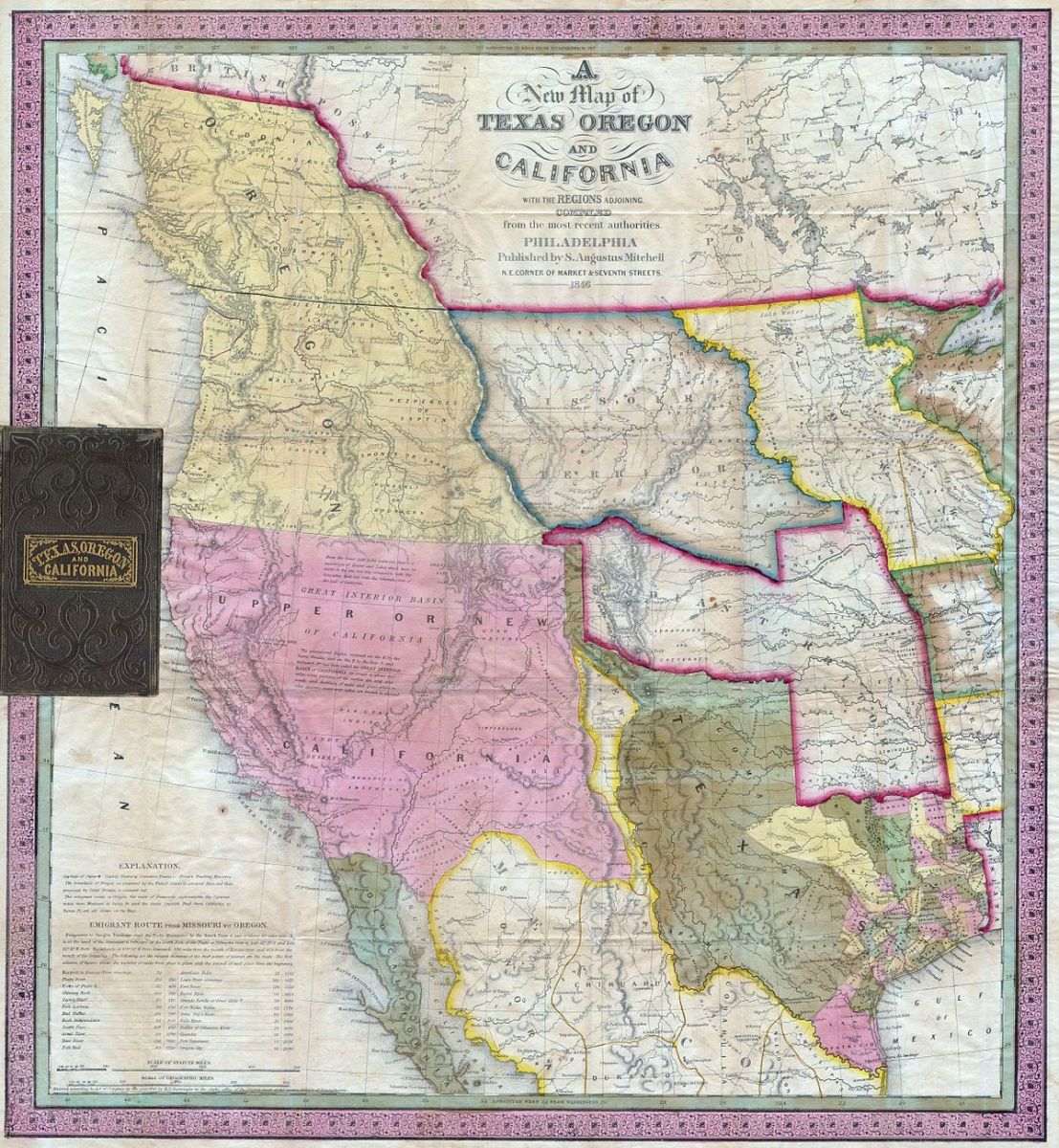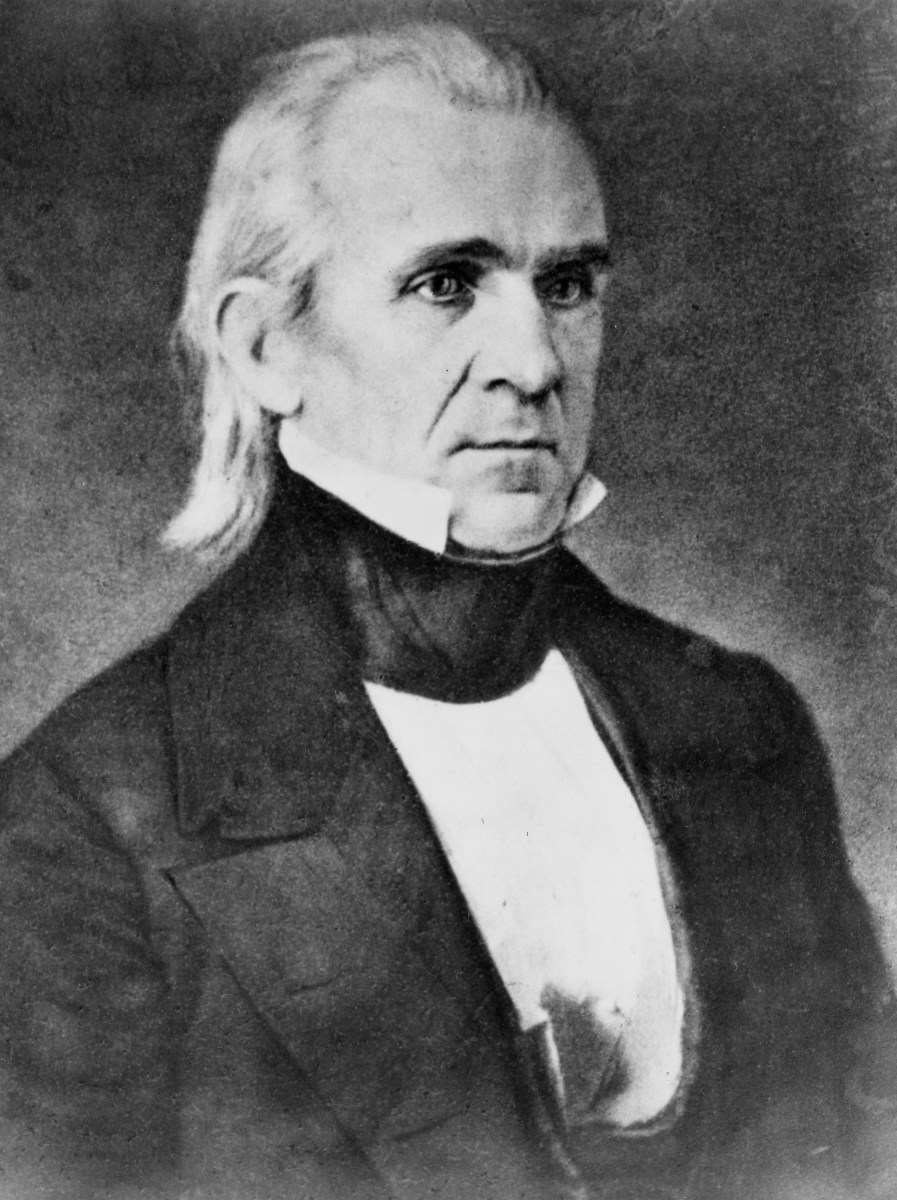An Answer to Illegal Immigration?



"Operation Wetback"
The current illegal immigration problem has been stirring up a lot of controversy over what should be done about it. Some say amnesty is the answer, others suggest mass deportation. To the latter suggestion, it’s been argued there is no way possible to implement such a massive undertaking. To these historically challenged individuals, it might behoove them to crack open a history book.
It was done in the not so distant past and called “Operation Wetback.” Operation Wetback was initiated by the United States Immigration and Naturalization Service (INS) in 1954. Over one million illegal aliens were deported from the Southwestern United States, mostly Mexican Nationals.
Mushrooming numbers of illegal Mexicans induced then soon to be President Dwight D. Eisenhower to take action. According to reliable sources in the administration Eisenhower was extremely concerned about illegal migration upon taking office.



Three Million Illegals
As many as 3 million illegal migrants had walked or waded across our borders over a period of several years searching for jobs in California, Arizona, Texas, and points beyond.
According to PBS.org, in 1949 the Border Patrol rounded up nearly 280,000 illegal immigrants. By 1953, the numbers were more than 865,000, and the government felt compelled to do something about it. The result was Operation Wetback, devised in 1954 under the supervision of new commissioner of the Immigration and Nationalization Service, Gen. Joseph Swing.
Eisenhower quoted an article in the New York Times that reported, "The rise in illegal border-crossing by Mexican 'wetbacks' to a current rate of more than 1,000,000 cases a year has been accompanied by a curious relaxation in ethical standards extending all the way from the farmer-exploiters of this contraband labor to the highest levels of the Federal Government."
The operation was fashioned from a previous program, the Mexican Repatriation. This program put pressure on Mexican citizens to return home during the Great Depression because of the economic crisis in the United States.

Began in California and Arizona
Operation Wetback began in California and Arizona coordinating the efforts of over 1,000 Border Patrol agents, along with state and local police agencies. Tactics employed systematic police sweeps, random stops and ID checks of "Mexican-looking" people. In today’s politically correct society that would be called racial profiling. Some illegal aliens were deported along with their American-born children.
Agents concentrated on agricultural areas with a goal of 1,000 apprehensions per day. Statistical studies estimated about 488,000 illegal immigrants left voluntarily, before being caught. To deter their return, buses and trains took deportees deep within Mexican territory before releasing them.
However, the operation wasn’t without incident. Many were deported by two chartered ships: the Emancipation and the Mercurio which ferried them from Port Isabel, Texas, to Veracruz, Mexico more than 500 miles to the south. Some were taken as far as 1000 miles. Deportation via sea was discontinued after seven deportees drowned after jumping overboard from the Mercurio. Needless to say, this unfortunate event prompted a hue and cry from the Mexican public.
Farmers and ranchers in the Southwest had become dependent on a low-cost, illegal labor force, mostly Mexicans. And according to the Handbook of Texas Online, published by the University of Texas at Austin and the Texas State Historical Association, this illegal workforce had a severe impact on the American economy. It reported a study by the President's Commission on Migratory Labor in Texas in 1950 which discovered cotton growers in the Rio Grande Valley paid wages that were "approximately half" the farm wages paid elsewhere in the state.
Profits from this illegal labor inevitably led to political corruption. According to Joseph White, a retired 21-year veteran of the Border Patrol, in the early 1950s, some senior US officials overseeing immigration enforcement "had friends among the ranchers," and agents "did not dare" arrest their illegal workers.
Walt Edwards, a Border Patrol in 1951, related similar events. He says: "When we caught illegal aliens on farms and ranches, the farmer or rancher would often call and complain to officials in El Paso. And depending on how politically connected they were, there would be political intervention. That is how we got into this mess we are in now."
And Bill Chambers, a veteran of 33 years service in the Border Patrol and INS, says politically powerful people are still aiding the flow of illegal immigrants.
But today, it’s not likely you’ll see many examples of successful strategies in combating the problem like this publicized in the mainstream media. Anyone suggesting such an idea is promptly labeled as heatless or a racist.
In the days of Operation Wetback however, there were no such outcries. Could it be illegal aliens are seen as potential votes instead of a threat to our economically depleted nation?
Perhaps, the question is not can the government solve the immigration debacle but, will they?







